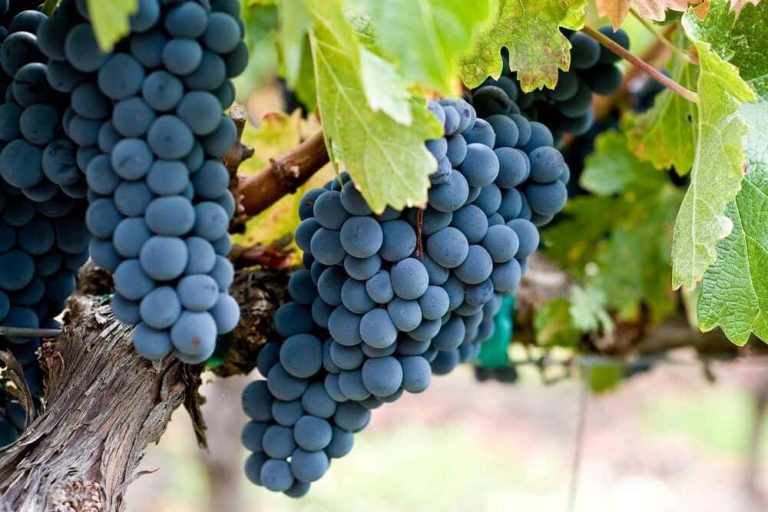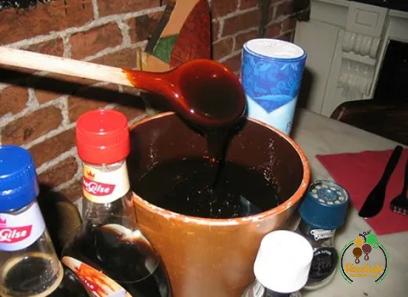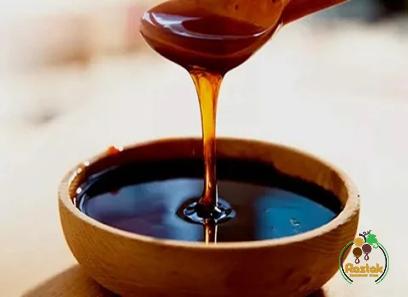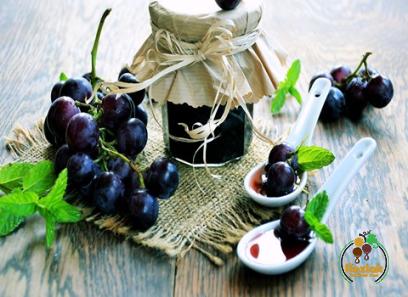As new varieties of grapes hit the market, you may have mixed up these small grapes with standard table grapes. Corinthian black grapes are available in red, white and black varieties and have many health benefits.
These young grapes, also known as Corinth grapes or Zante vines, are often marketed as champagne grapes because of their small, bubbly appearance and because of their beautifully photographed champagne flutes.
This name is where any association with champagne ends. This grape has nothing to do with making champagne or wine. This grape is hard to eat. Unlike many new hybrids entering the market, the Champagne grape has been around for a while, but it has not been as popular as other grapes in the United States, such as Thompson Sidles.
Where did these little grapes come from? What’s their story and are they good for anything other than healthy snacks? Keep reading to find out the background behind these little bubbly grapes.
Whether you call it the Xanthine quince, the Corinthian grape, or the Champagne grape, this grape has been around since before the fall of Rome. The first recorded mention of it dates back to 75 AD by Pliny the Great.

This raisin later became a source of trade between the Venetians and the Greeks and appeared in English markets in the 14th century. During this period they received the name Racinque de Courant. They later became known as Corinth, as this was their main trading port.
The Champagne or Corinth grape eventually made its way to the United States with the help of breeder Colonel Auguston Harty, who began growing red and white Corinth plants in California in 1861. .
The peak of production of this grape occurred in the 1930s, when 3,000 hectares were dedicated to this grape, a number that has remained constant.
The Champagne grape has been used in the production of raisins since it was first mentioned by Pliny the Great, and is still one of the most widely used grapes for this purpose.
In the United States, they are sold as Zante raisins, Corinthian raisins, or Corinthian raisins. Countries outside the United States sell them as berries, although they are very different from true berries, which are also sold dried and are very different from berries.
That’s a lot of history for a little raisin!
What does champagne grapes taste like?

Champagne grapes are a crisp grape with a balanced sweet taste and a light texture. When these grapes are dried to produce raisins, the sugar is concentrated, which makes them sweeter, although they retain the taste of watermelon.
By drying the currant, its taste increases. Cranberry has a mild spice and is therefore very popular in desserts and jams. Its acidity prevents it from being too sweet like other dried fruits.
The young stems of Champagne grapes are often eaten with the grapes because they are difficult to separate. It doesn’t spoil the taste because the stalks are very soft and hard to peel.
How to use champagne grapes
Champagne grapes are very popular in fruit trays because their small size adds visual appeal. They are often used as an edible display for events, wrapped around wine glasses or displayed in groups.
This grape has more than a beautiful appeal. They also pack a culinary punch. Like raisins, ripe or dried champagne grapes add something special to sweet and savory dishes.
Black Corinth (Vitis vinifera ‘Black Corinth’) is also called ‘Cante Currant’. The European grape produces a sweet, reddish-black, nearly seedless grape that is usually dried for raisins.

The plant is hardy in USDA plant hardiness zones 5 through 9 and requires a sunny location with at least eight hours of direct sunlight per day. To produce the best fruit, it should be trained on a trellis, but it can also be trained to grow on a fence or tree.
Before planting grapes, prepare the planting site in summer or fall. Do not plant ‘Black Corinth’ vines where water drains slowly. Remove any vegetation that grows on the planting site.
Use a shovel or spade to build a 2- to 4-inch-deep layer of compost, old compost, leaf mold, moss, or long-lived sawdust into the soil to a depth of 10 to 12 inches. Test the soil pH to see if it is between 6.5 and 7. Add lime if the pH is below 6.5 and sulfur if the pH is above 7. If necessary, create a multi-wire curtain.
Plant ‘Black Corinth’ virus-free vine clone 2 only in spring. Plant it under a multi-wire curtain or next to a fence or tree. Dig a planting hole twice the width of the grape root ball. Dig deep enough to plant the vines at the same depth they originally grew. Place several vines 7 to 8 feet apart. Water the vine abundantly to help settle the soil around the roots.
Cut the broken or very long roots of the main base plants with sharp scissors. Use pruning tools to remove all but one main stem or cane. Cut it clean from the base. Leave the strongest canes to grow to the main stem. Prune this stem or cane only to the growing buds. Place a straw or bamboo stick directly behind the vine so you can climb the trellis or tie a string to the straw and trellis wires.

Water the vine every so often to keep the soil moist but not muddy. Remove weeds and debris from around the base of the stem as soon as you notice it. When the vine begins to grow and produce green leaves, feed 1 ounce of a balanced 16-16-16 fertilizer. Cut off new side shoots before they reach 1 foot in length. In late winter next year, use a pruner to cut the main stem or cane to a bud or growth node 3 to 3 inches above the trellis structure.
If it doesn’t rain since the second year, water the grapes once a week. Fertilize the vines in the spring after new growth begins. Allow lateral branches to grow from the stem.
Train them to grow in the opposite direction along the curtain or fence wires. Keep only the side shoots or rings and cut off the new shoots that are growing from the stem. Use nail or vine shears to cut off any fruit that forms in the second year.
Prune each cordon in late winter each year to 10 growing spikes with only two or three nodes on each spike. During the third year, only one bunch of grapes will ripen per spore. Let the vine bear fruit for free from the fourth year.











Your comment submitted.